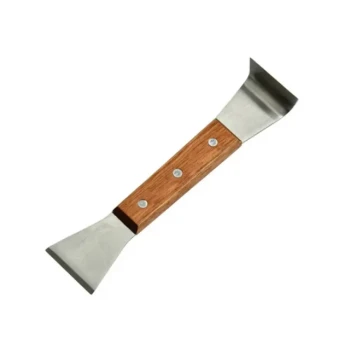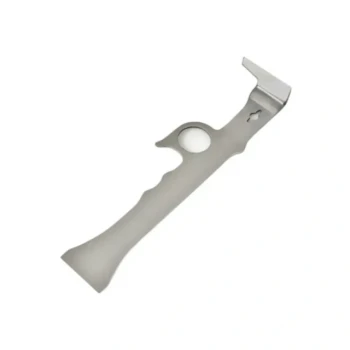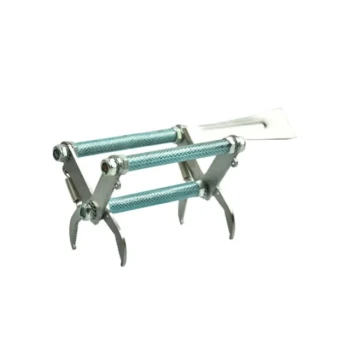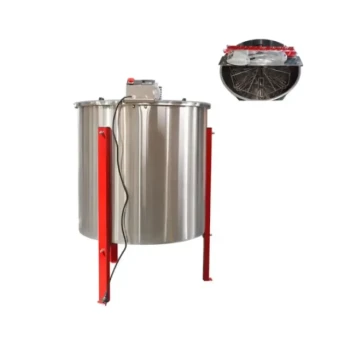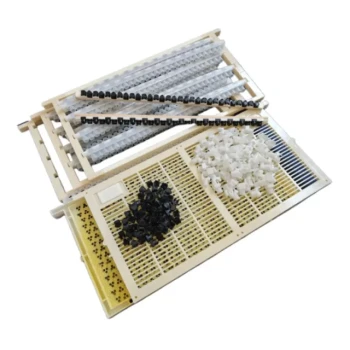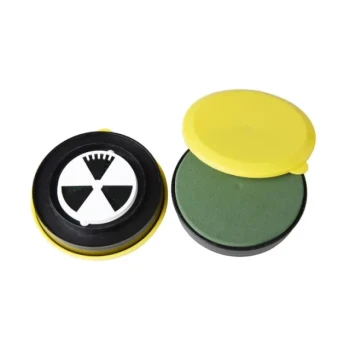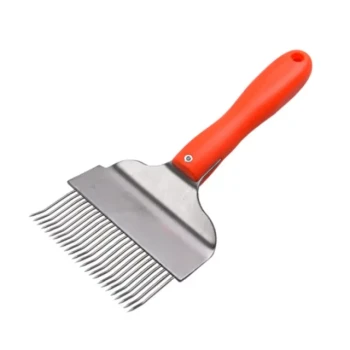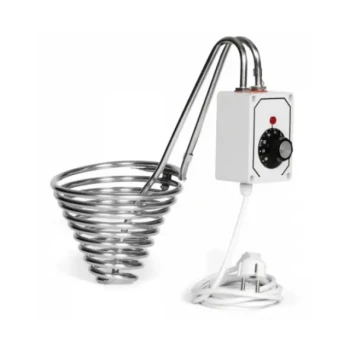The ability to handle bees without being stung is not a secret power, but a skill built on a deep understanding of bee behavior and hive dynamics. Experienced beekeepers achieve this by combining specific, gentle techniques with a broader strategy of keeping the entire colony calm and stress-free. It is a calculated process of managing the hive's environment and mood, not just a matter of moving your hands correctly.
Handling bees without incident is less about fearless touching and more about systematic stress reduction. A calm, well-managed hive has little reason to see you as a threat, making close interaction possible.
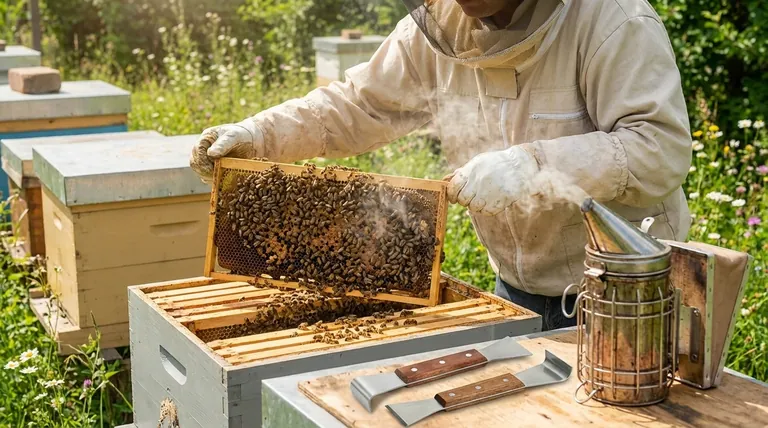
The Foundation: Creating a Calm Hive
Before you ever open a hive, your management practices set the stage for how the bees will behave. A defensive colony is a product of its environment and genetics.
Start with Gentle Genetics
The temperament of a honey bee colony is heavily influenced by its queen. Beekeepers often start new colonies with commercially reared queens specifically selected for their gentle, non-defensive traits. This genetic predisposition is the single most important factor in maintaining a manageable hive.
Manage Colony Stress
A stressed colony is a defensive colony. Key stressors include a lack of food, disease, or pest pressure. You can directly reduce this stress by ensuring the bees have adequate food sources, either naturally or through responsible feeding.
Furthermore, hive hygiene is critical. Leaving feeding debris or excess pollen patties can attract pests, which agitates the colony and increases their defensive posture. A clean, well-fed hive is a calmer hive.
The Art of Bee Interaction
With a calm foundation in place, your direct actions determine the outcome of the interaction. Bees react to perceived threats, so your goal is to be perceived as anything but.
The Role of the Smoker
A smoker is a beekeeper's most essential tool for calm handling. The cool, white smoke does two things: First, it masks the alarm pheromone that guard bees release when they feel threatened, preventing a panic from spreading through the colony. Second, it triggers a feeding response, causing the bees to engorge on honey, which makes them more docile.
Practice Deliberate, Gentle Movements
Sudden, jerky movements can be interpreted as a threat, similar to a predator's attack. Always move your hands slowly and deliberately around the bees. If you need to move a bee off a surface, gently "herd" or brush it with your finger rather than swatting or pinching.
The Correct Way to Touch
If you must pick up a bee, the technique is critical. Do not pinch its wings or legs. Instead, gently cup the bee in your hand, giving it space to move without feeling trapped or crushed. A bee will typically only sting if it feels its life is in danger.
It's also wise to limit contact time. The longer you handle the bees, the greater the chance of an accidental squeeze or a change in the hive's mood.
Observe Their Behavior
Pay close attention to the sound and activity of the hive. A calm, contented hive has a steady, low-pitched hum. If the pitch of the buzz begins to rise, or if bees start bumping into your hands or veil, it's a clear signal that they are becoming agitated. This is your cue to slow down or back away.
Understanding the Trade-offs and Realities
Perfect, sting-free beekeeping is an ideal, not a consistent reality. Understanding the limitations and necessary precautions is a mark of a wise beekeeper.
Stings Will Still Happen
Even the most experienced professionals get stung occasionally. An accidental pinch, a bee caught in a fold of clothing, or a hive that is simply having a bad day can all result in a sting. The goal is to drastically reduce the frequency of stings, not eliminate them entirely.
The Veil is a Non-Negotiable Tool
A beekeeper's veil is not a sign of fear; it's a sign of intelligence. It protects your face, the most sensitive and dangerous place to be stung. More importantly, it allows you to remain calm and focused even if a few bees become agitated, preventing you from making a sudden, panicked movement that would escalate the situation.
Making the Right Choice for Your Goal
Your approach to handling bees should align with your specific purpose.
- If your primary focus is curiosity: Start by observing from a safe distance or learning from an experienced beekeeper. Do not attempt to handle bees without proper equipment and knowledge.
- If your primary focus is beginning beekeeping: Prioritize safety and colony health by always using a smoker and veil, starting with gentle queen genetics, and practicing slow, deliberate movements.
- If your primary focus is mastering advanced handling: Concentrate on "reading" the hive's mood through sound and behavior, allowing you to fine-tune your actions and use tools like the smoker more minimally and precisely.
True mastery lies not in being fearless, but in understanding the bees so well that they rarely feel the need to defend themselves.
Summary Table:
| Key Technique | Purpose & Benefit |
|---|---|
| Gentle Queen Genetics | Foundation for a calm, non-defensive colony. |
| Using a Smoker | Masks alarm pheromones and triggers docile feeding behavior. |
| Slow, Deliberate Movements | Prevents bees from perceiving you as a threat. |
| Gentle Cupping (Not Pinching) | Handles bees without making them feel trapped. |
| Observing Hive Buzz & Behavior | Early warning system for rising agitation. |
| Always Wearing a Veil | Protects your face, allowing you to stay calm and focused. |
Master the art of safe, efficient beekeeping with HONESTBEE.
Equip your commercial apiary or distribution business with the professional-grade supplies and equipment that support the calm hive management and gentle handling techniques detailed above. From reliable smokers and protective veils to tools designed for deliberate movement, our wholesale-focused operations are built to support your success and scale.
Contact our team today to discuss your specific needs and discover how HONESTBEE can be your trusted partner in beekeeping excellence.
Visual Guide
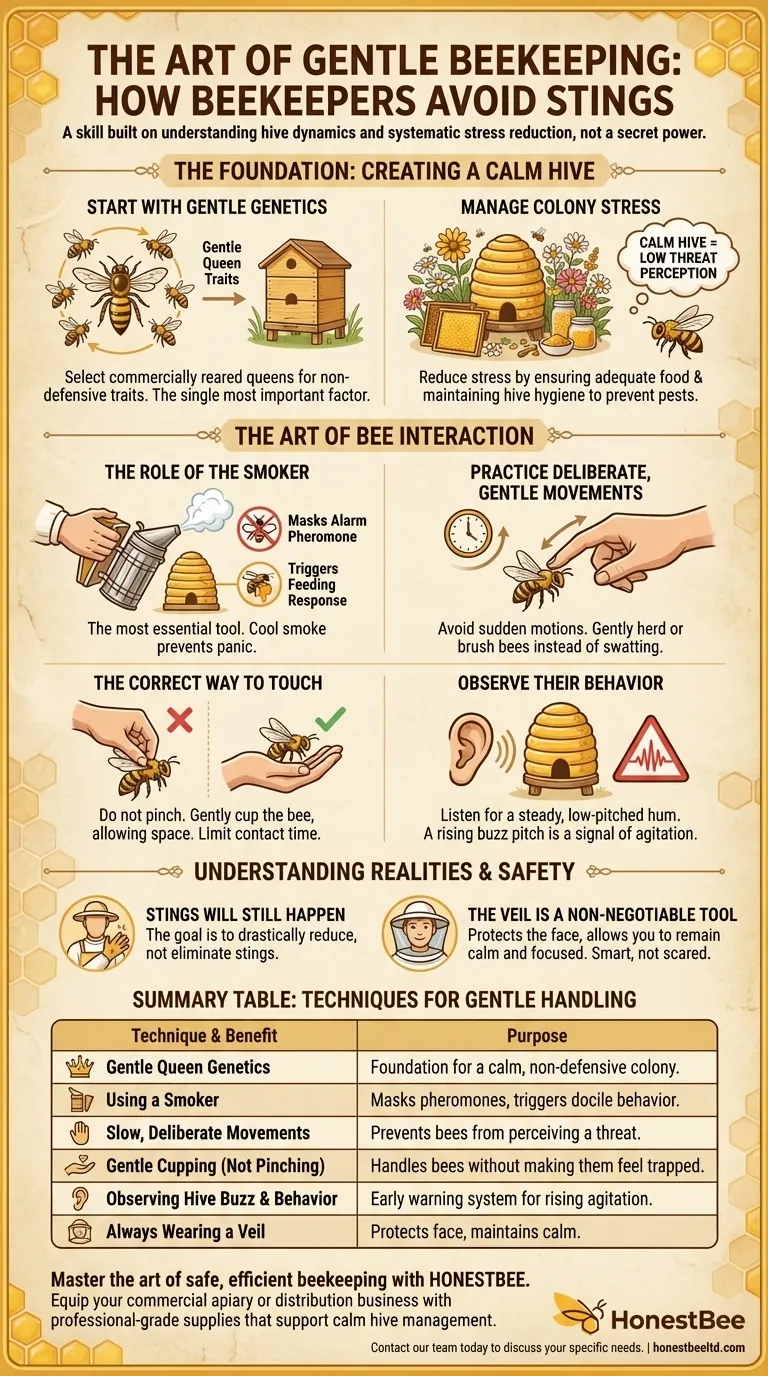
Related Products
- Professional Dual-End Stainless Steel Hive Tool for Beekeeping
- HONESTBEE Advanced Ergonomic Stainless Steel Hive Tool for Beekeeping
- Professional 3-Bar Frame Grip with Integrated Hive Tool
- Plastic Bee Hive Stand for Beekeeping
- Economy Small Scale Honey Dryer Dehumidifier Thickening Machine
People Also Ask
- What are the basic tools for beekeeping? Essential Starter Kit for Safe & Successful Hive Management
- What should beginners consider when purchasing beekeeping equipment? A Guide to Essential Starter Gear
- What is a hive tool and what are its uses? Master Your Hive Inspections with the Essential Beekeeper's Tool
- What are the features of a regular hive tool? The Essential Multi-Tool for Every Beekeeper
- What is a hive tool used for in beekeeping? Your Essential Guide to Hive Management
